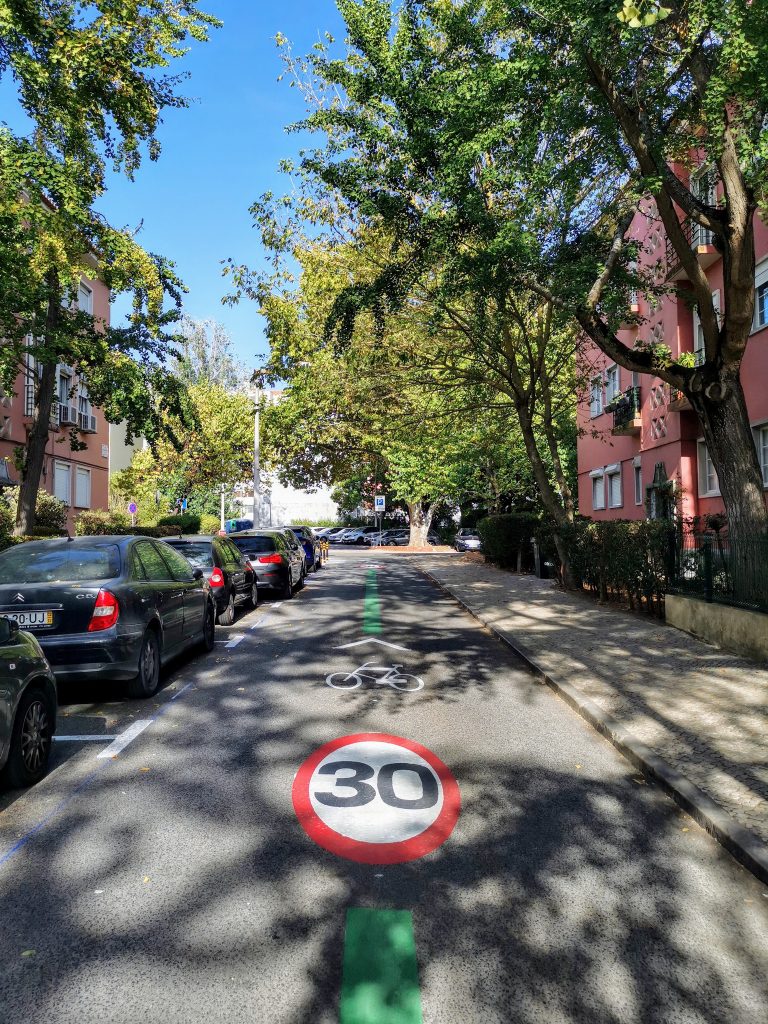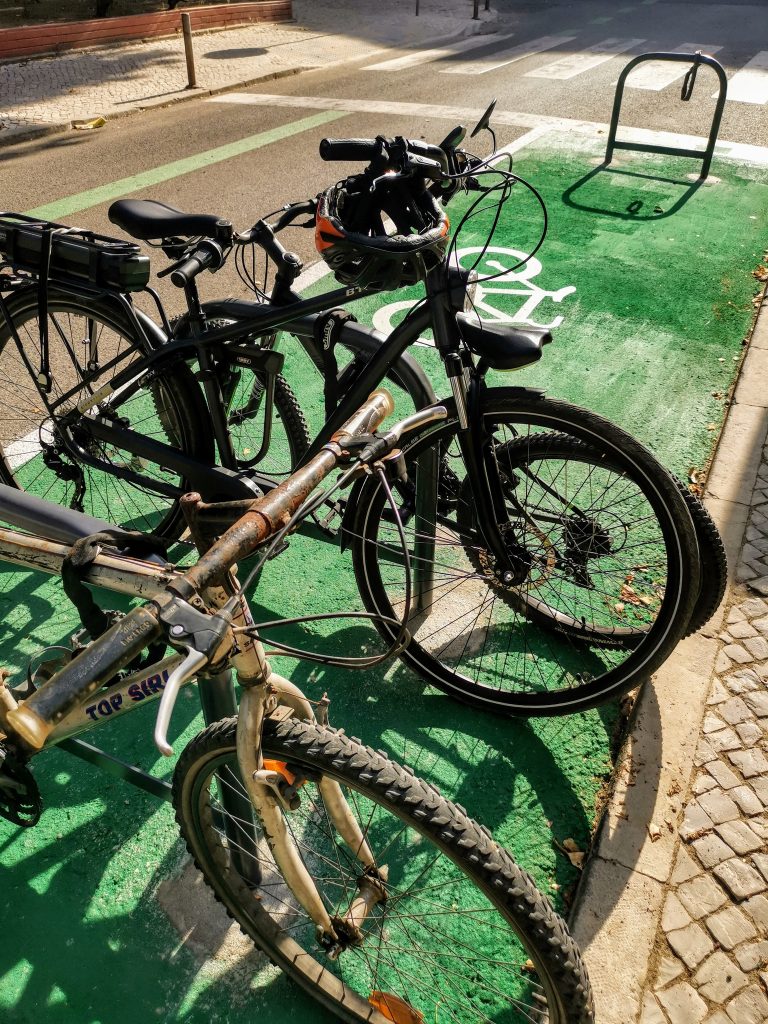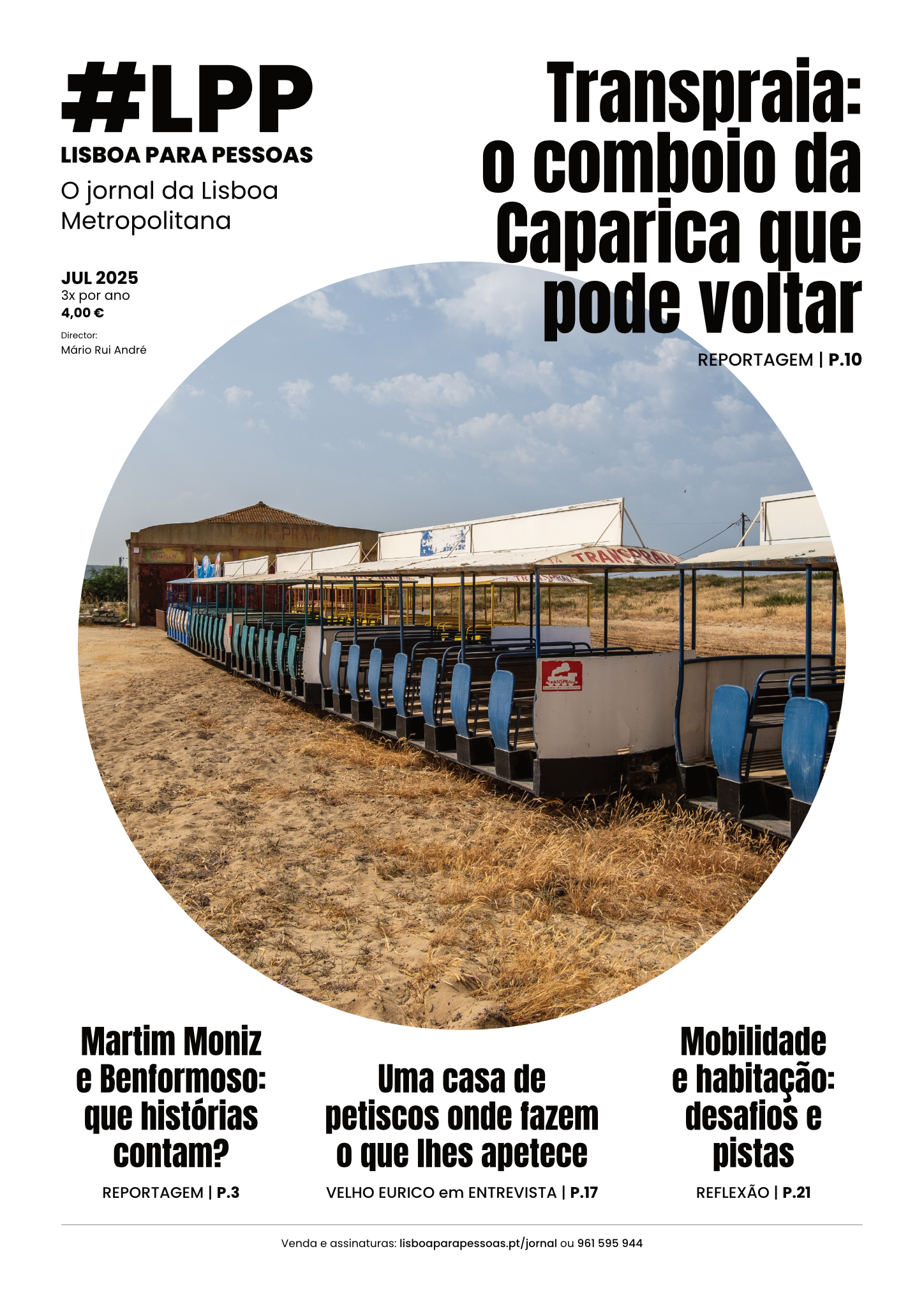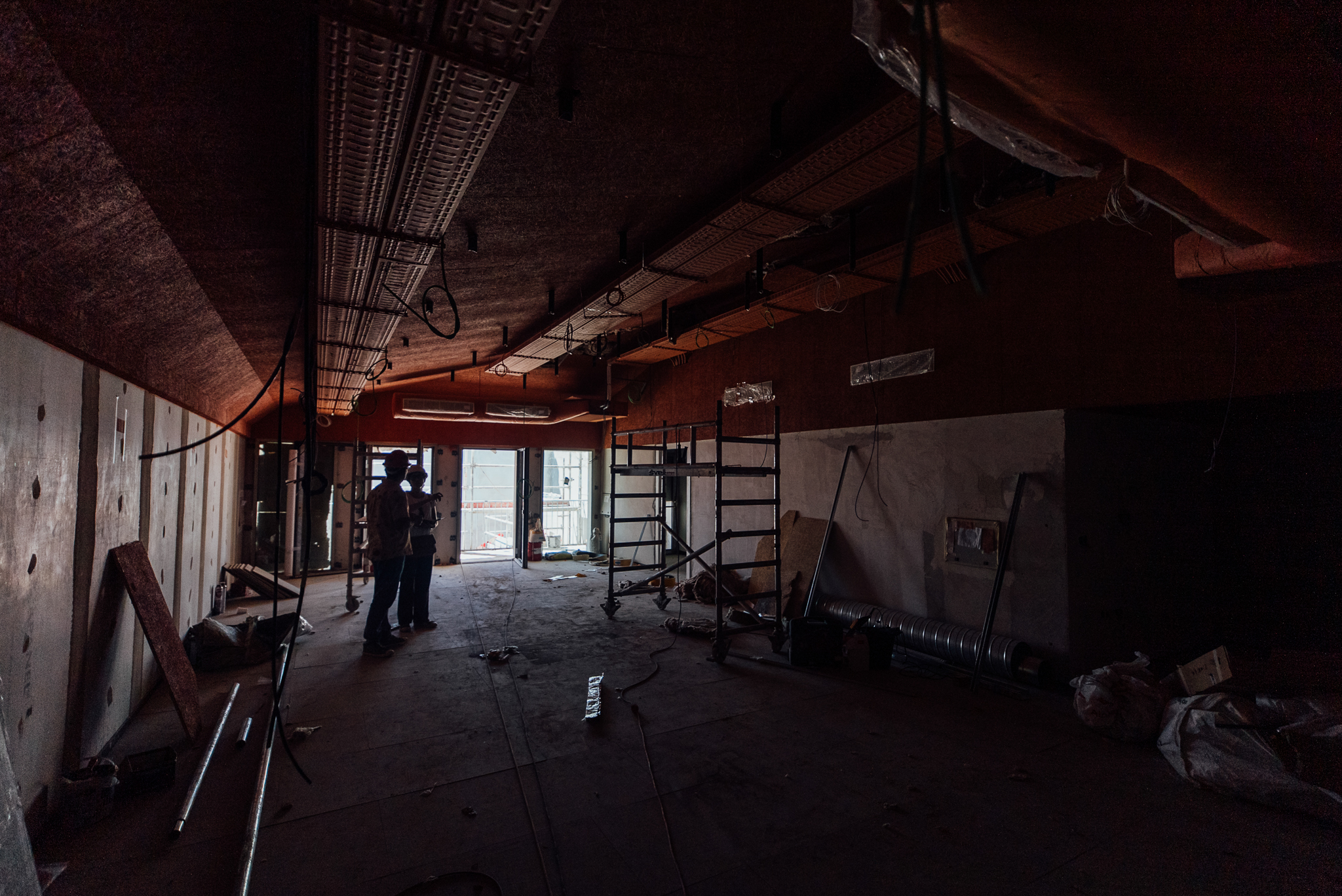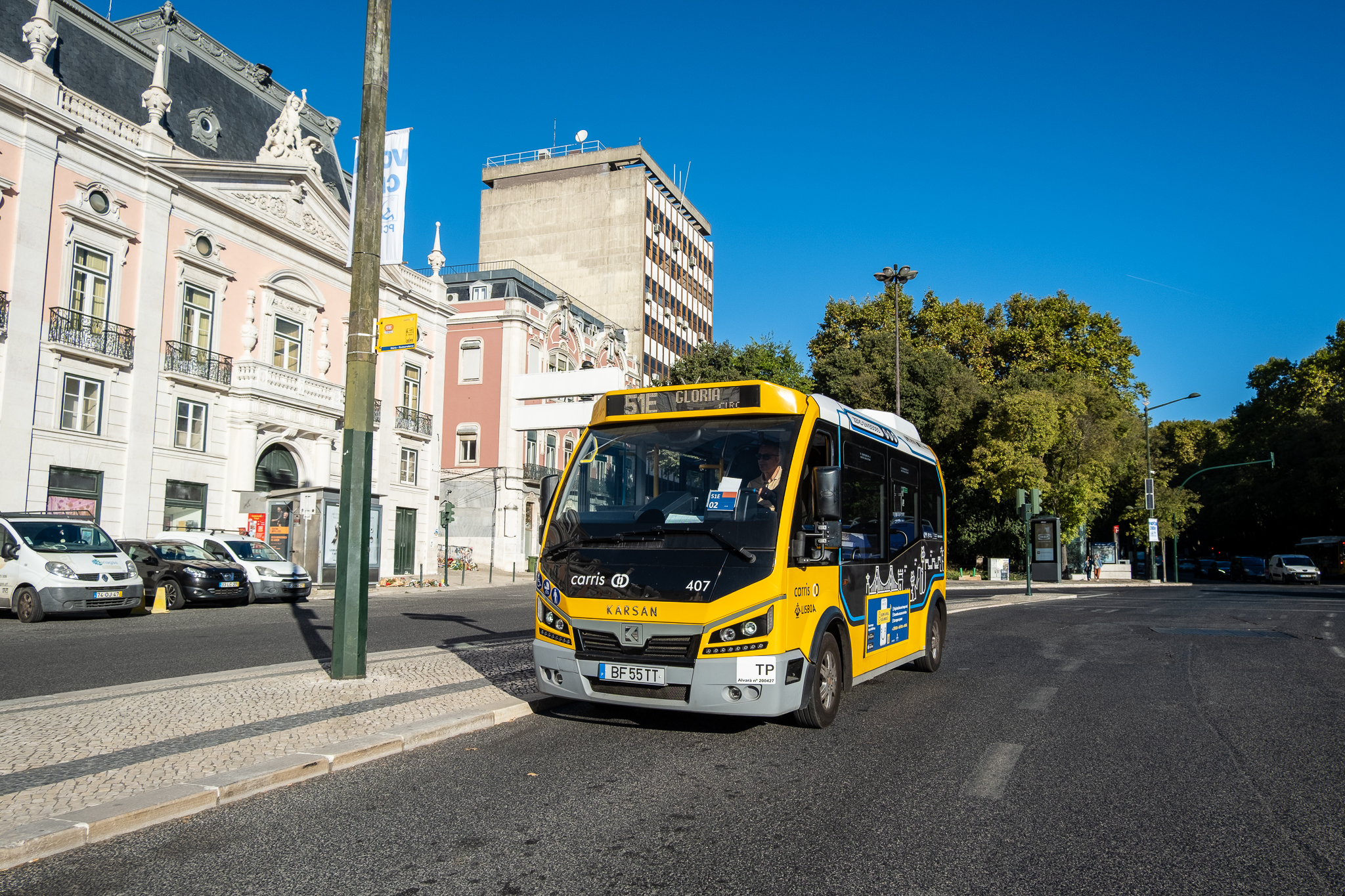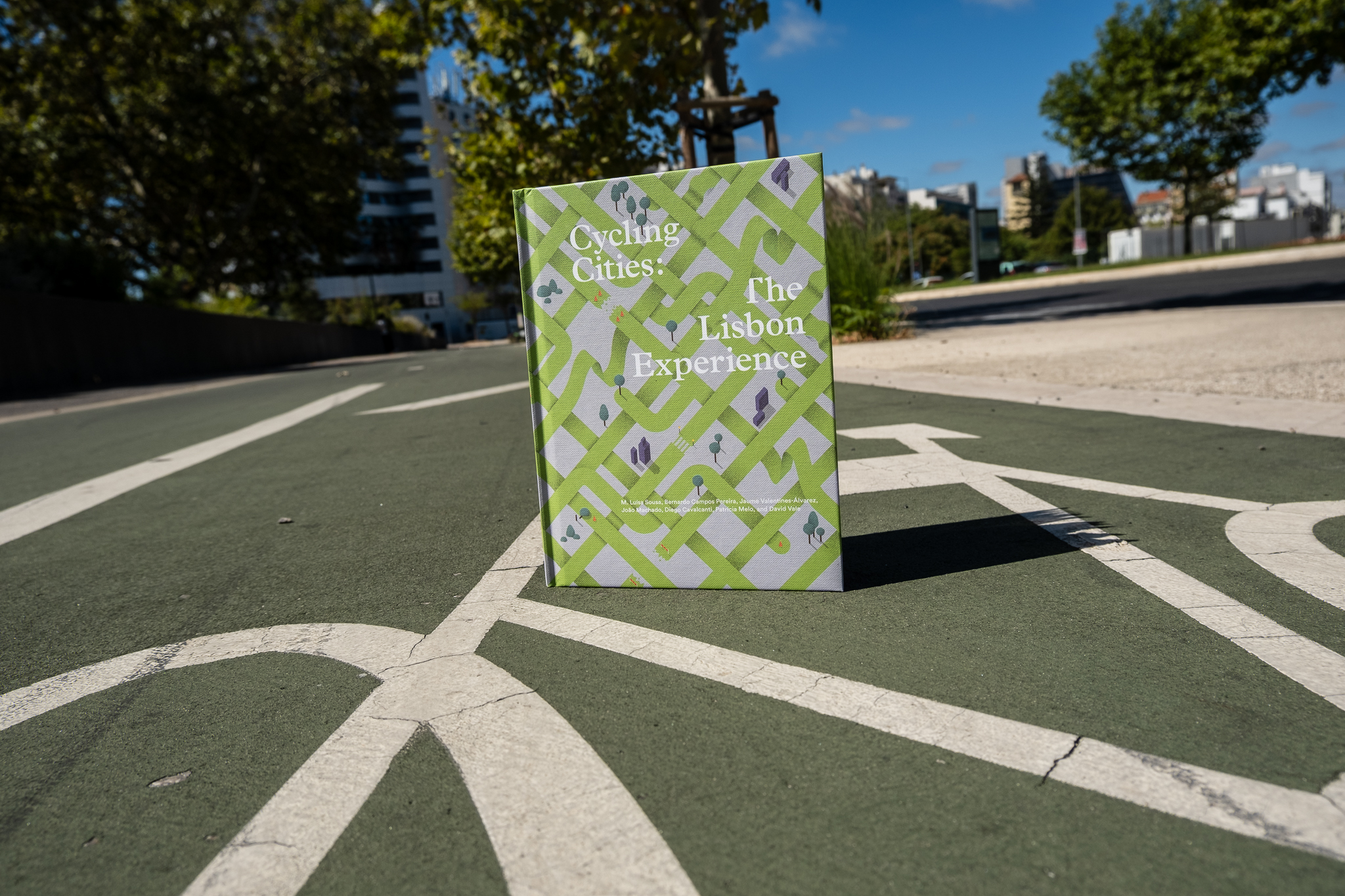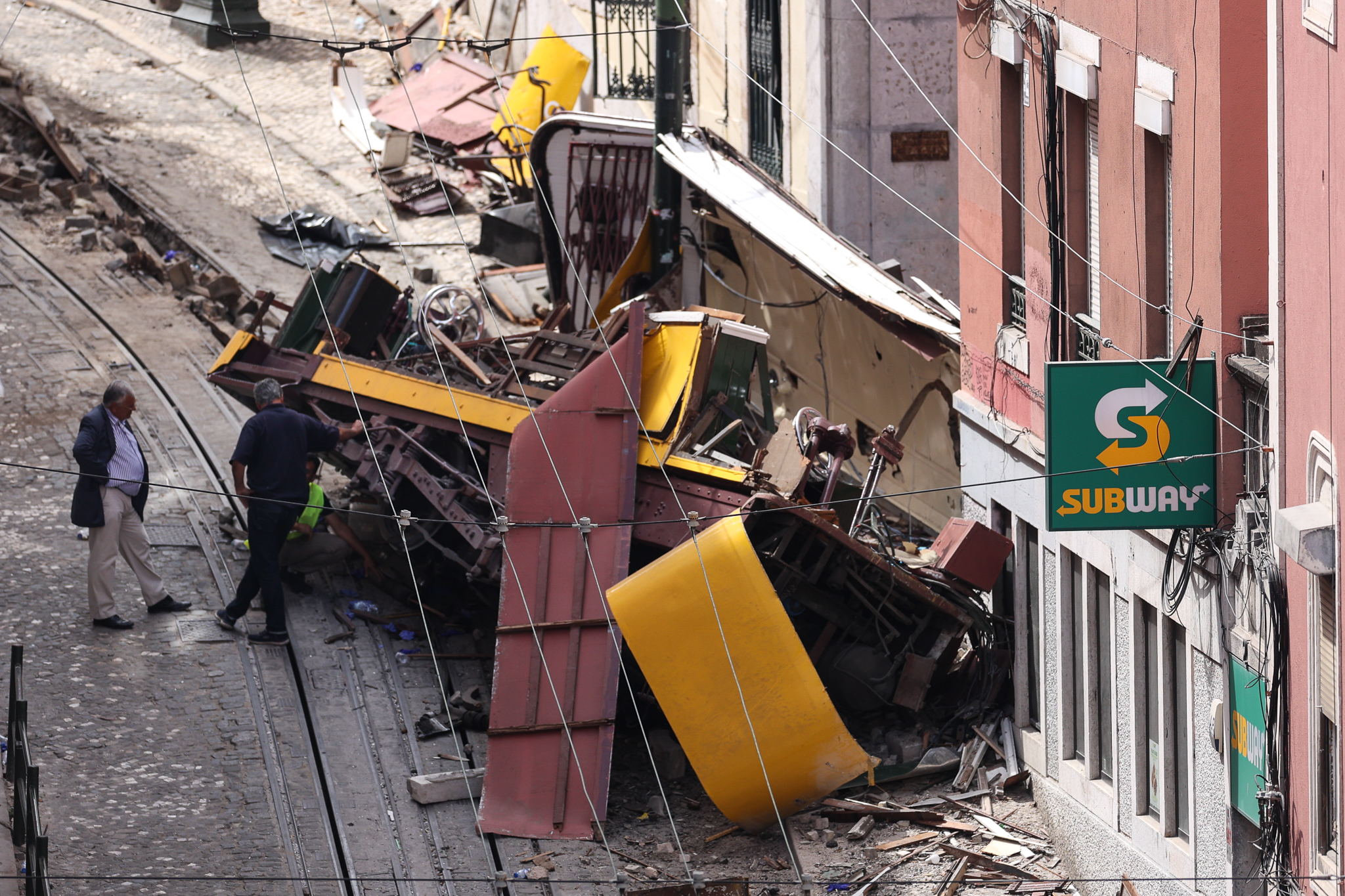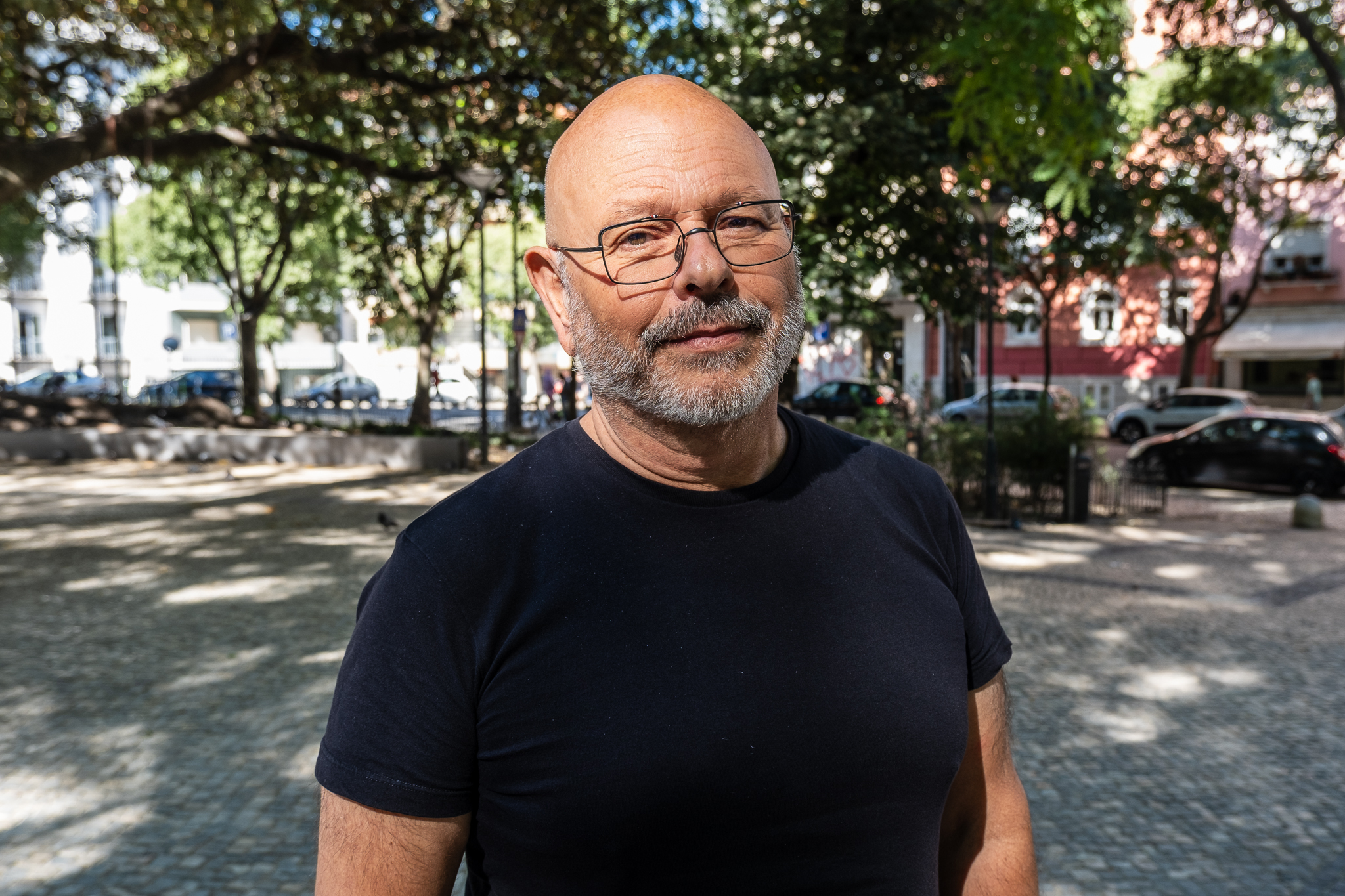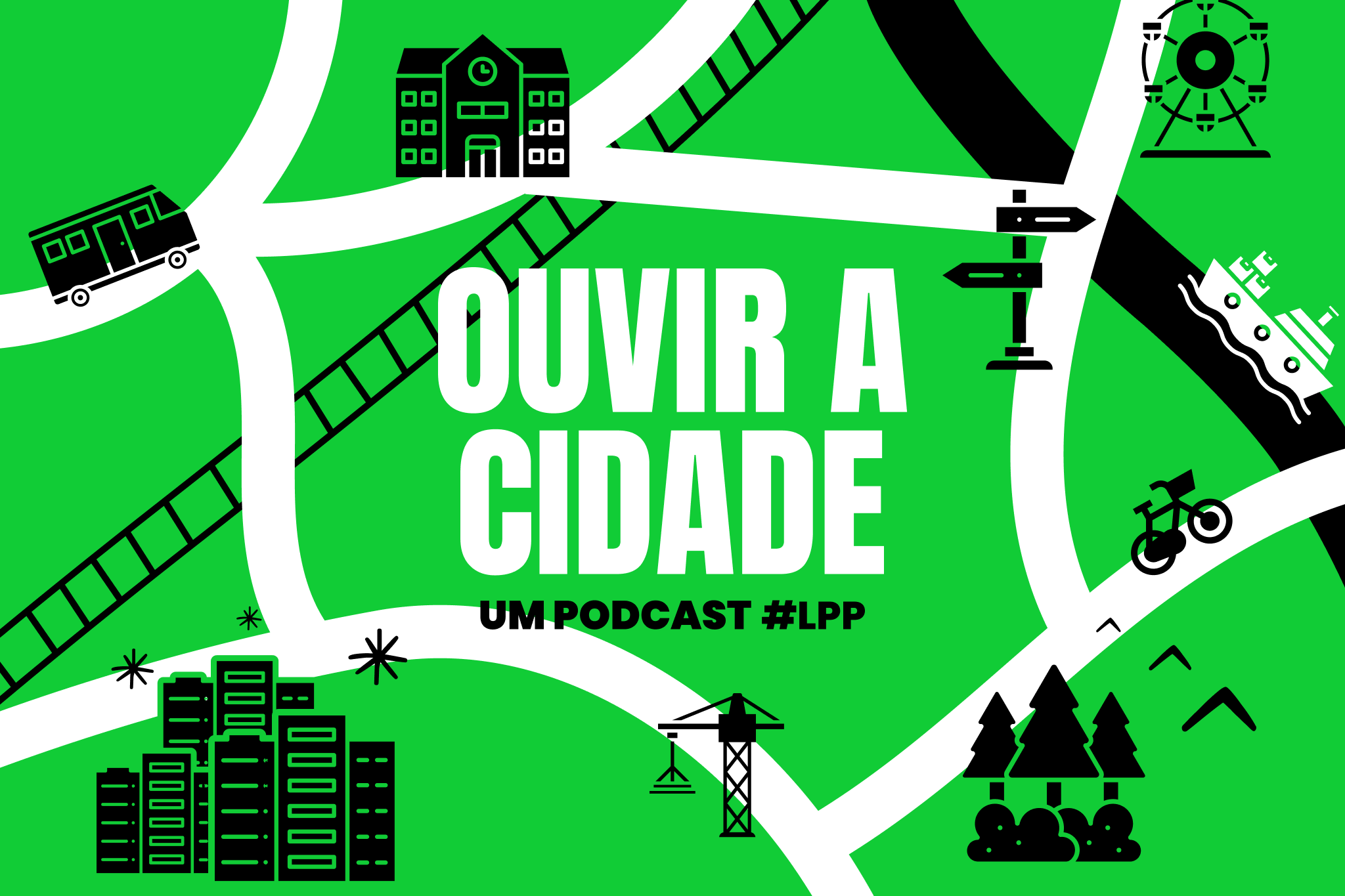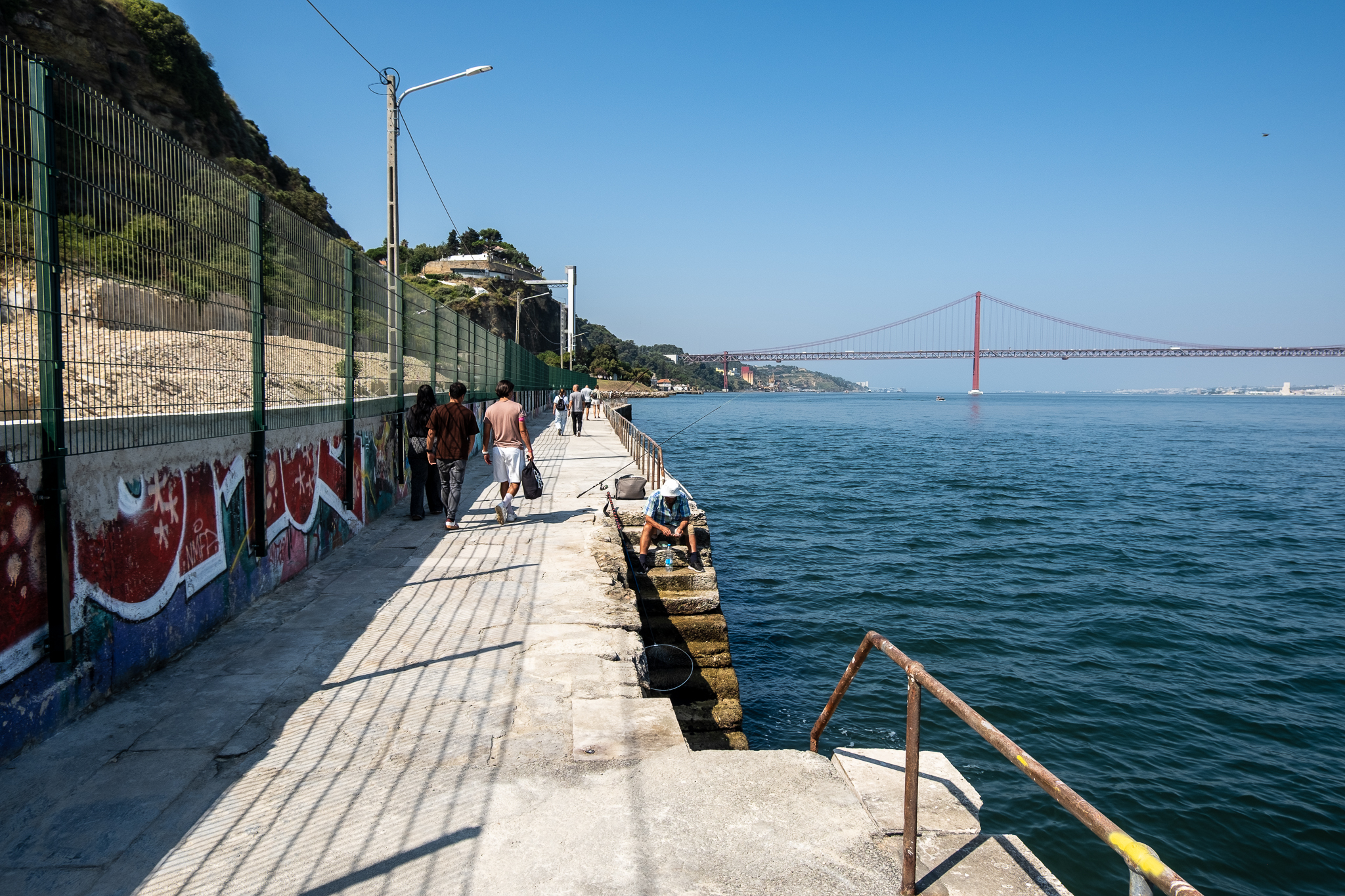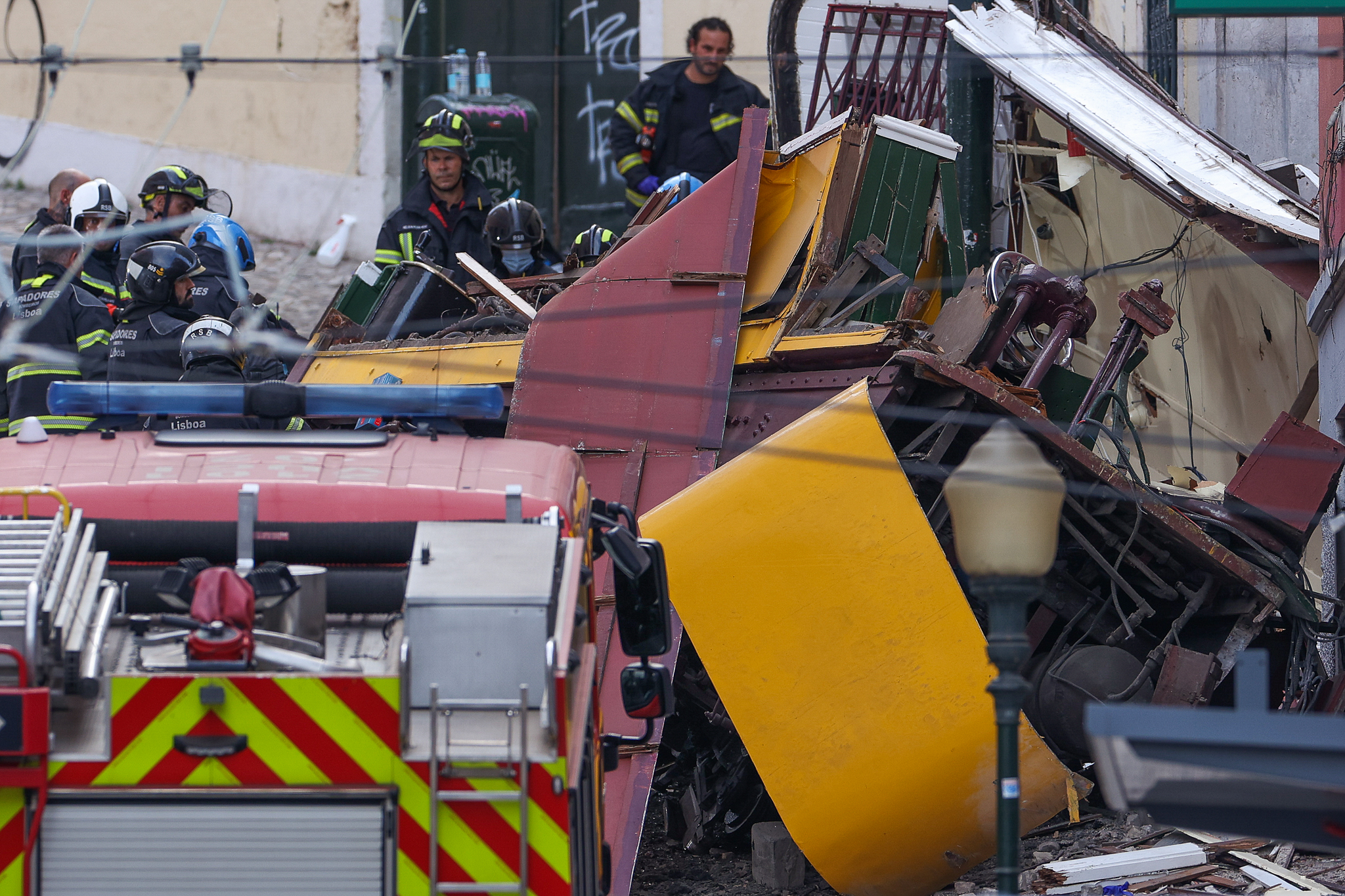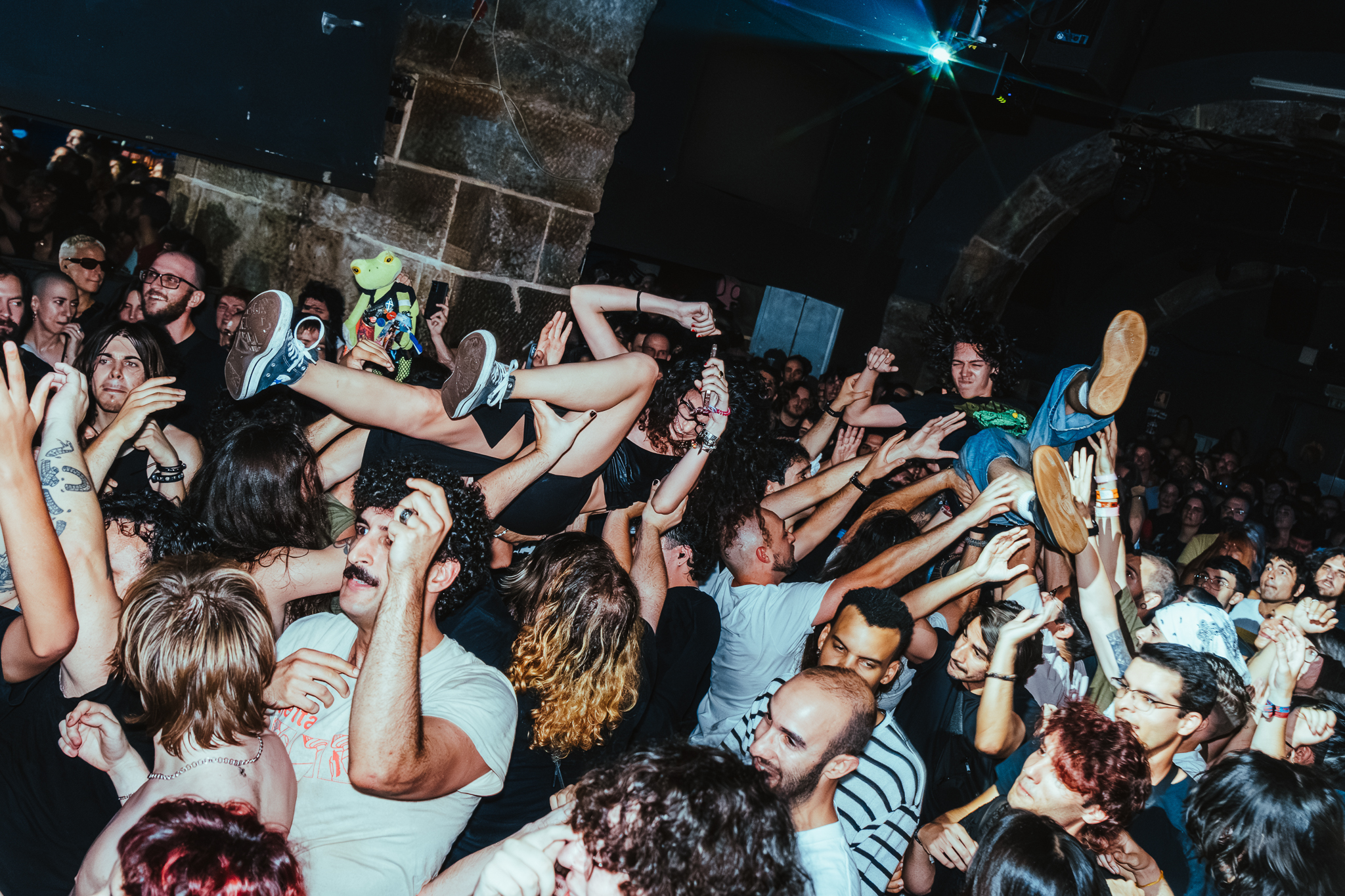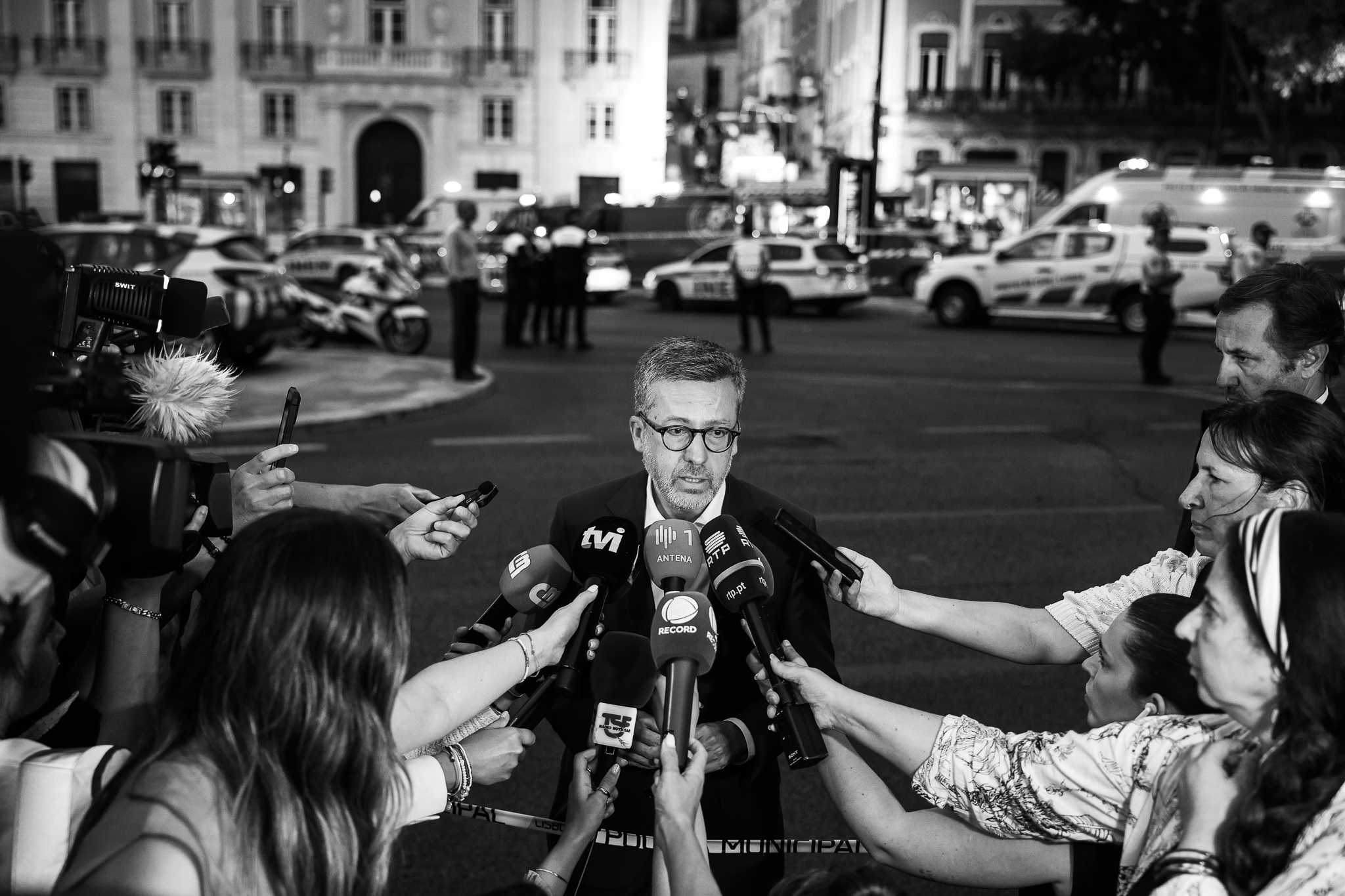Em zonas residenciais, 30 km/h é a melhor velocidade. “Um carro na cidade a 30 km por hora tem uma probabilidade de 10% de matar um peão em caso de atropelamento. Essa probabilidade aumenta para 80% no limite legal nacional em meio urbano de 50 km/h. Um carro a passar a 50km/h na rua onde mora, para a maioria dos leitores deste artigo, parecerá que vai depressa demais. E vai mesmo, se for uma normal rua de bairro de Lisboa.” Quem o explica é o vereador de Mobilidade da Câmara de Lisboa, Miguel Gaspar, num artigo assinado pelo próprio após o sinistro com uma jovem de 16 anos no Campo Grande.
A primeira zona 30 foi inaugurada em Lisboa em 2013 no Bairro do Charquinho, em Benfica. Essa zona residencial viu surgirem alterações no espaço urbano com vista à redução da velocidade de circulação, à priorização dos modos activos de mobilidade, ao aumento da segurança e à diminuição do ruído e de poluição atmosférica. Mais zonas 30 seguiram-se pela cidade e, mais recentemente, têm sido acompanhadas de infra-estrutura ciclável.
As novas ruas e zonas 30 de Lisboa incluem, para além das medidas de acalmia já referidas, uma linha verde no asfalto, indicando a potenciais ciclistas de que ali as velocidades praticadas permitem o uso da bicicleta com conforto no mesmo espaço que os carros. São criadas ainda bolsas de estacionamento para bicicletas e para motas – porque a cidade e, em particular, os bairros precisam de acolher todo o tipo de veículos!
Em Alvalade várias ruas residenciais e com comércio estão a ser convertidas em zonas 30, nomeadamente as Ruas Afonso Lopes Vieira e Fernando Pessoa, e as Ruas Marquesa de Alorna, Luís Augusto Palmeirim e José Duro, perto do Mercado de Alvalade.
